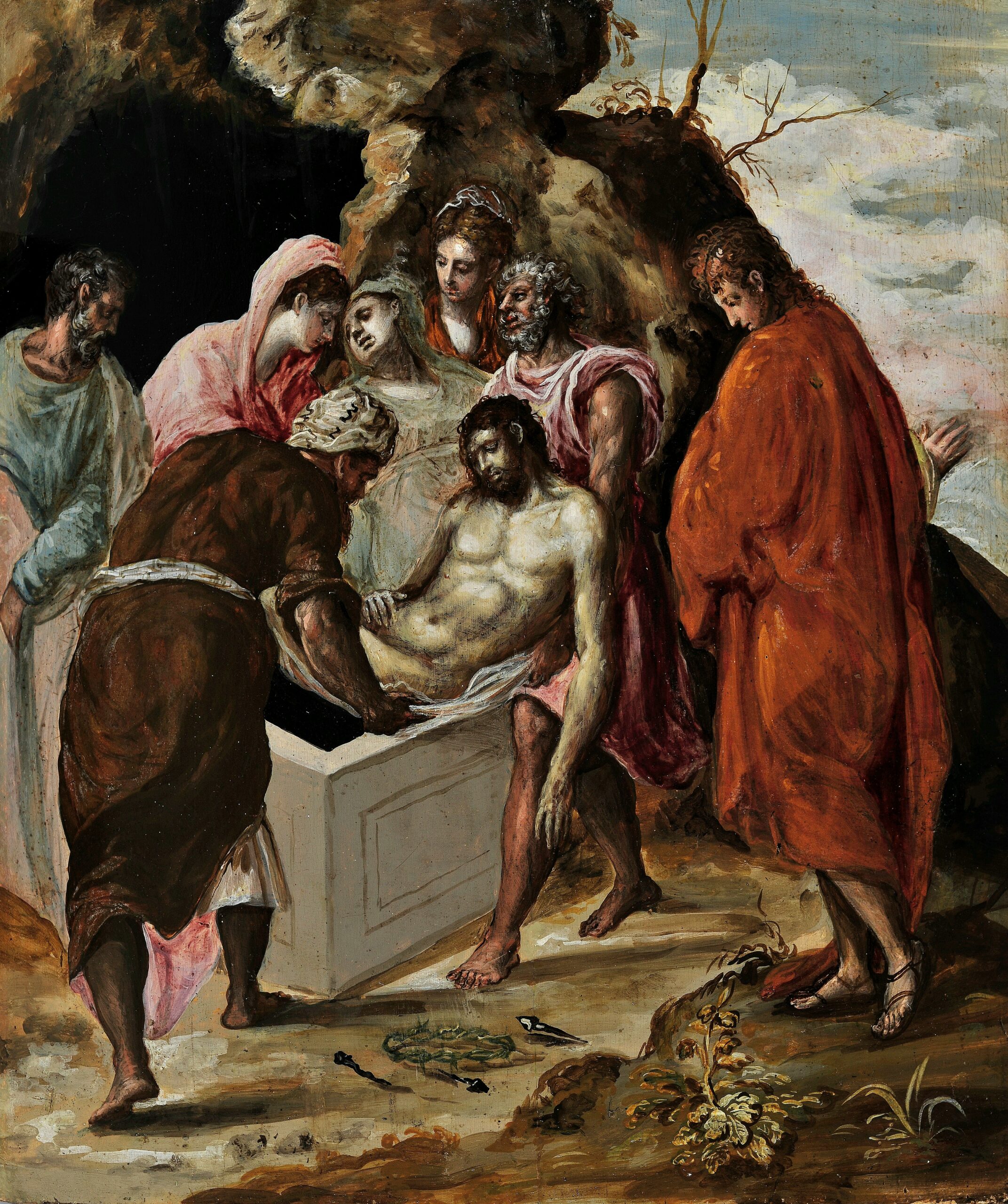
Exploring the Depths of Atonement
A Journey Through Scripture and Theology
Welcome to a series of articles inspired by our Bible Streams series, "High and Lifted Up: Conversations on the Atonement."
Words: Jo Leutton Read: 5 - 10 mins Published: 15 August 2024
We will explore the deep and complex idea of atonement. In the next few articles, we will explore Jesus’s atonement. We will see its impact on our lives. We will also examine the theories that have emerged in 2000 years of church history. You can hear more of the conversation by listening to the full episode here.
What is the Atonement?
Before we dive into the specifics, let’s define what we mean by atonement. The term “atonement” comes from an old English word, “at-one-ment.” It means unity or connectedness. In a biblical sense, atonement is the reconciliation between humanity and God. It is a drawing back together of two entities separated by sin. This idea is key to Christian theology. It has sparked much debate and interpretation throughout church history.
The Biblical Foundation of Atonement
The idea of atonement is deeply rooted in Scripture, from Genesis to Revelation. Let’s briefly survey some key biblical passages on atonement. They will lay the groundwork for our understanding.
Genesis 3: The Fall and the Promise
In Genesis 3, we see the introduction of sin into the world through the disobedience of Adam and Eve. This act of rebellion results in separation from God and the introduction of death. But, even in this moment of judgment, God provides a glimmer of hope. In Genesis 3:15, God says to the serpent, “I will put enmity between you and the woman, and between your offspring and hers; he will crush your head, and you will strike his heel.” This verse hints at a future conflict and an ultimate victory over evil. It sets the stage for the need for atonement.
Isaiah 52-53: The Suffering Servant
Isaiah’s book paints a vivid picture of a suffering servant. He is a prophetic figure who takes on the people’s sins. Isaiah 53:4-5 says, “Surely he took up our pain and bore our suffering, yet we considered him punished by God, stricken by him, and afflicted. But he was pierced for our transgressions, he was crushed for our iniquities; the punishment that brought us peace was on him, and by his wounds we are healed.” This passage foreshadows Jesus’s sacrificial work on the cross. It highlights the themes of substitution and suffering.
The Gospels: The Passion Narrative
The New Testament Gospels detail Jesus’s life, death, and resurrection. In John 3:14-17, Jesus parallels his coming crucifixion with the bronze serpent Moses lifted up in the wilderness. He says, “Just as Moses lifted up the snake in the wilderness, so the Son of Man must be lifted up, that everyone who believes may have eternal life in him.” This passage highlights the salvific purpose of Jesus’s death.
Pauline Epistles: Theological Reflections
The Apostle Paul offers theological reflections on the atonement in his letters. In 2 Corinthians 5:18-19, Paul writes, “All this is from God, who reconciled us to himself through Christ and gave us the ministry of reconciliation: that God was reconciling the world to himself in Christ, not counting people’s sins against them.” Similarly, in Colossians 2:13-15, Paul explains how Jesus’s death cancels the record of debt against us, triumphing over the powers and authorities.
Theories of Atonement
Throughout church history, theologians have developed various models to explain how atonement works. These models are not mutually exclusive. They offer different views on Christ’s complex work.
Christus Victor
The Christus Victor model emphasises Jesus’s victory over the powers of sin, death, and the devil. This model sees the atonement as a cosmic battle. In it, Jesus triumphs over evil, liberating humanity from their bondage.
Substitutionary Atonement
Substitutionary atonement includes several sub-models, such as the ransom theory, satisfaction theory, and penal substitution. These models focus on the idea that Jesus took our place, bearing the punishment for our sins. The penal substitution model, in particular, emphasises that Jesus bore the wrath of God that we deserved, satisfying divine justice.
Representation
The representation model, including the concept of recapitulation, sees Jesus as the second Adam who redoes humanity’s story correctly. By living a perfect life and dying a sacrificial death, Jesus represents humanity before God, restoring what was lost in the fall.
Moral Influence
The moral influence model posits that Jesus’s life and death serve as the ultimate example of love and sacrifice, inspiring us to live transformed lives. This model emphasises the ethical and moral impact of Jesus’s atonement on believers.
The Scope and Extent of Atonement
Another important aspect of the atonement debate is its scope and extent. This discussion often centres around questions of who benefits from Jesus’s atoning work and how it is applied. The Calvinist and Arminian perspectives offer different views on the sovereignty of God and human agency in salvation.
Conclusion
Atonement is a rich, complex idea. It is woven through Scripture and the history of Christian thought. In this series, we will explore each of these models in depth. We will examine their biblical roots and theological impacts. Whether you are new to this topic or have studied it extensively, we hope to provide fresh insights and a deeper understanding of the incredible work of Jesus on the cross.
Hear the full episode wherever you get your podcasts, or listen here.